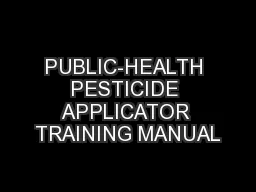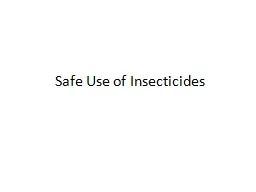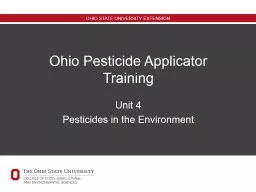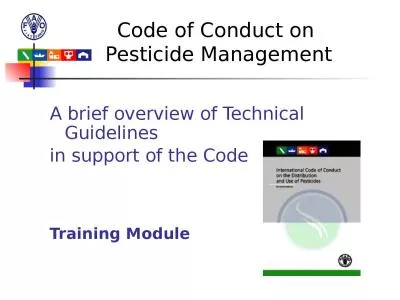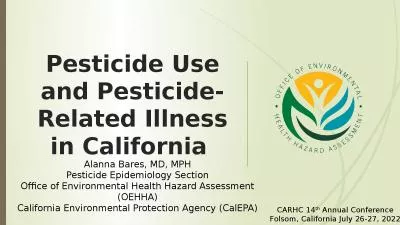PDF-PUBLIC-HEALTH PESTICIDE APPLICATOR TRAINING MANUAL
Author : olivia-moreira | Published Date : 2016-04-17
Pests that reside within the home may be associated with publichealth problems But usuallythese pests are homeowner responsibility issues rather than publicagency
Presentation Embed Code
Download Presentation
Download Presentation The PPT/PDF document "PUBLIC-HEALTH PESTICIDE APPLICATOR TRAIN..." is the property of its rightful owner. Permission is granted to download and print the materials on this website for personal, non-commercial use only, and to display it on your personal computer provided you do not modify the materials and that you retain all copyright notices contained in the materials. By downloading content from our website, you accept the terms of this agreement.
PUBLIC-HEALTH PESTICIDE APPLICATOR TRAINING MANUAL: Transcript
Download Rules Of Document
"PUBLIC-HEALTH PESTICIDE APPLICATOR TRAINING MANUAL"The content belongs to its owner. You may download and print it for personal use, without modification, and keep all copyright notices. By downloading, you agree to these terms.
Related Documents

